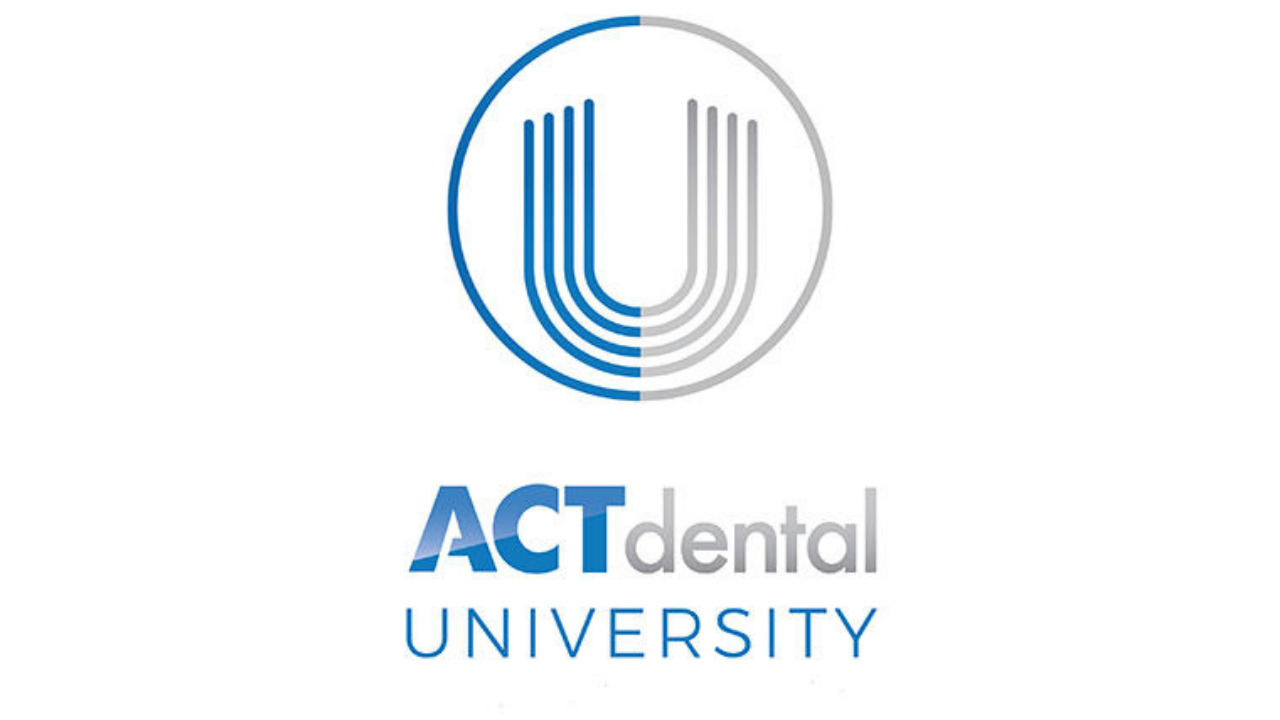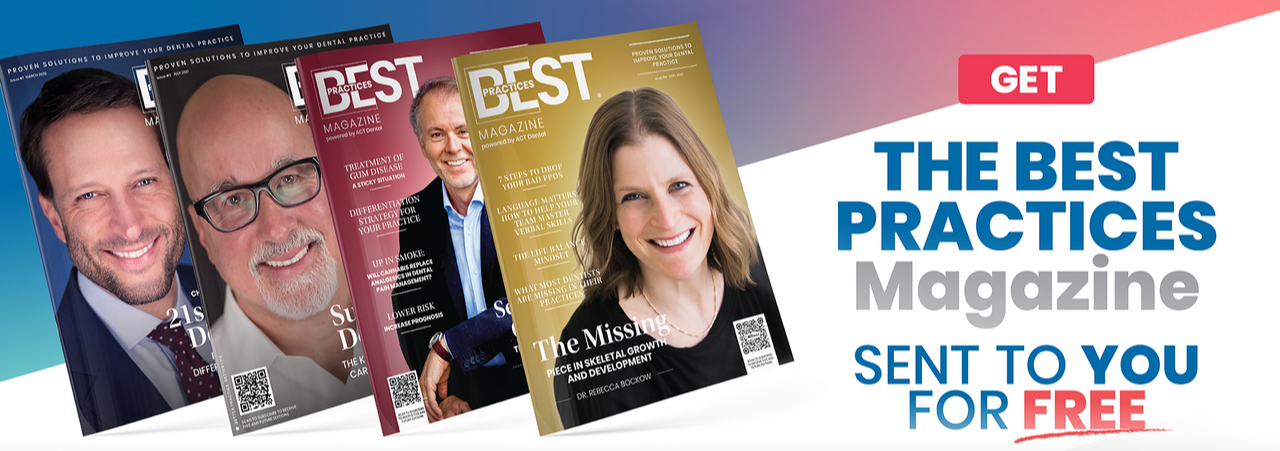Dental practices are continually faced with the challenge of attracting and retaining new patients. In today’s competitive market, where providers see substantially less patient traffic than in years past, what makes one practice more desirable than another? How can a provider bring in fresh revenue? While there’s no magic to adding hundreds of patients to your practice instantly, there are multiple strategies you can implement to expand your monthly and annual patient base. What’s better? You don’t have to spend a ton of money to do so — just use these seven tips to get started.
Pick Up The Phone
According to Dr. Christopher Phelps, up to a third of new patient calls are never answered by an office team, and it’s easy to understand why. Universally, the small, collaborative groups running a private dental practice almost always have their plates full. However, data has illustrated that many new patients call during office downtime or busy time, typically surrounding lunch hours. It is vital to arrange your employee schedule to ensure someone will always cover the phone during business hours.
To truly combat the issue of missed calls, track call data. Analyze your peak hours for call volume. Once you can record and connect the data regarding losing patients to unanswered calls or on-hold hangups, you’ll be able to make decisions on what resources to invest in next, such as an additional team member or automated voicemail specific for prospective patients.
Schedule More Appointments
Depending on your service offerings, the first year value of a patient to a dental practice is around $1,000, says Dr. Christopher Phelps. However, the average conversion rate for a new patient caller is anywhere between 34-41%, leaving much room for improvement. How can dental practices fight this statistic? By scheduling more appointments at the first phone call.
Give the potential patient options when scheduling. One tactic is to offer two opportunities for them to choose, rather than dictating a single time. Instead of asking, “Can you do Wednesday at 2 o’clock?” try “Which works better? Morning or afternoon? 2 o’clock or 4 o’clock?” and proceed to funnel down options until the patient is scheduled.
Request Reviews
Search engines are starting to control the consumer populous. In the past, referrals sourced a large degree of new patient onboarding. Today, dental offices are witnessing a shift in new patient sourcing — reviews and inquiries on the internet not only provide patients with information but influence their decision-making process.
How can you guarantee solid reviews? It’s simple: ask for them. Patients who have expressed their satisfaction or gratitude with your practice or service are prime opportunities to ask for a review. Go one step further and provide a “how-to” card or direct link in an email, so they might submit their thoughts before even leaving your office.
Remove The Insurance Barrier
If a prospective patient asks “do you take my insurance,” do not phrase your answer with “not in-network’. With such a generic question, do not assume the patient wants to know if your practice is in-network or out-of-network. In essence, your team may be presenting an artificial barrier to access.
On the other hand, a patient who asks the precise question of being in-network often has already made up their mind that if the provider is out-of-network with their insurance, seeing them is a non-starter. How can you combat this? By focusing on value and service, rather than the cost. Emphasizing the quality of care that you and your team can provide can ultimately seal the deal for the patient.
Remove The Price Obstacle
When a caller question the price of a specific service, try to revolve the focus of your answer away from a number. Instead, find out why they are asking; they might just be worried they have a dental problem and are curious how it can be fixed, or if your practice can fix it.
Instead of running down the list of all the potential costs before the appointment is scheduled, consider adding value to that customer’s experience by offering a complimentary exam and x-ray. To further genuine customer service, reassure prospective patients that their health comes first, and you’ll cross the financial bridge when you get to it.
Increase Your Capacity
Increasing capacity doesn’t necessitate increasing office hours, just potential availability. Patients are impulse shoppers, and they want to be seen quickly. While the amount of time in your schedule may vary, same day availability is crucial, even if it’s just to provide a simple intervention to get them out of pain or to assess what treatments they’ll need in the immediate future.
At most, aim to schedule patients within five days of their request. The greater the longetivity between appointments can increase your no-show rates. Consider adding resources, be they additional providers or priority days to your calendar to add time slots to your schedule.
Consider Membership Programs
Why do consumers pay for memberships to big box stores? Because of perceived value. Customers spend more money at membership-based stores than other large stores without memberships. Offering a fixed fee for preventative care services can often lead to people agreeing to other procedures as needed.
65% of people across the United States don’t have dental insurance, Dr. Phelps states. An overwhelming majority of those folks are retirees. Cost savings from a membership program are often better for the patient financially in the long run. When dealing with patients who are on fixed income, offering a membership service with discounts can mean the difference between preventative care and a dental emergency.
You don’t have to write a massive check towards your marketing efforts to bring in new patients. By implementing these seven key changes into your business plan, you can revolutionize your practice at a relatively low cost.
Categories

Get access to the best dental educators on the planet to bring you "best practices" and help you become the dentist you were called to be. Watch what you want, when you want it. It's 24/7 on-demand access. Friday's we host "Master Classes" with the very best dental speakers you will ever see.

Reserve your spot at the next ACT Dental Master Class
Learn From One of the Best Educators During Our BEST PRACTICES MASTER CLASS Experience.
Kirk Behrendt
Kirk Behrendt is a renowned consultant and speaker in the dental industry, known for his expertise in helping dentists create better practices and better lives. With over 30 years of experience in the field, Kirk has dedicated his professional life to optimizing the best systems and practices in dentistry. Kirk has been a featured speaker at every major dental meeting in the United States. His company, ACT Dental, has consistently been ranked as one of the top dental consultants in Dentistry Today's annual rankings for the past 10 years. In addition, ACT Dental was named one of the fastest-growing companies in the United States by Inc Magazine, appearing on their Inc 5000 list. Kirk's motivational skills are widely recognized in the dental industry. Dr. Peter Dawson of The Dawson Academy has referred to Kirk as "THE best motivator I have ever heard." Kirk has also assembled a trusted team of advisor experts who work with dentists to customize individual solutions that meet their unique needs. When he's not motivating dentists and their teams, Kirk enjoys coaching his children's sports teams and spending time with his amazing wife, Sarah, and their four children, Kinzie, Lily, Zoe, and Bo.
RECENT POSTS
Your Words Shape Your Momentum - Choose Wisely
January 05, 2026
991: Metric Mondays: Overhead – Lab Percentage – Robyn Theisen
January 05, 2026
The Three Roles That Define Dental Practice Success
January 02, 2026
990: Hiring the Wrong People? You Might Be Missing This One Crucial Step – Carlie Einarson
January 02, 2026
989: Master the Metrics – Simple Data, Big Impact – Robyn Theisen
December 31, 2025
988: Metric Mondays: Overhead – Facilities and Equipment Percentage – Robyn Theisen
December 29, 2025
987: Core Values Aren't Fluff — They're Your Practice’s Greatest Asset – Heather Crockett
December 26, 2025
986: Security in AI for Your Dental Practice – Travis Wentworth
December 24, 2025
We Lit Up The Year 2025
December 22, 2025
985: Metric Mondays: Overhead – Operations Percentage – Miranda Beeson
December 22, 2025







